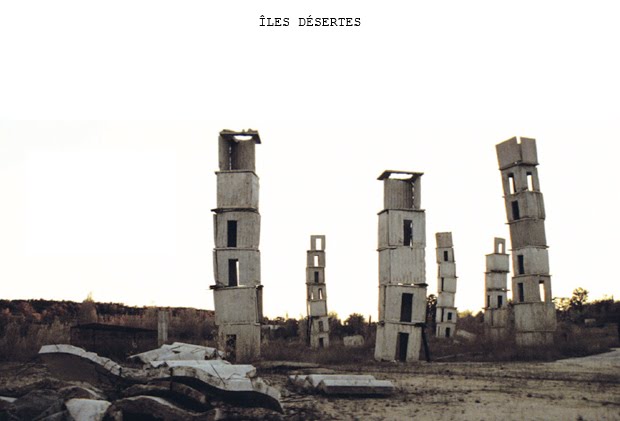Il propose un bâtiment où des centaines d'ouvriers peuvent profiter de ses bénéfices simultanément. Nommé "Sonata of Sleep", le bâtiment se compose de deux grands dortoirs de part et d'autre d'un bloc central qui contient les salles de bain. Les dortoirs ont des sols en pentes afin de limiter l'emploi d'oreillers et les lits sont encastrés "comme des tables de laboratoire".
"At either end of the long buildings were to be situated control booths, where technicians would command instruments to regulate the temperature, humidity, and air pressure, as well as to waft salubrious scents and “rarefied condensed air” through the halls. Nor would sound be left unorganized. Specialists working “according to scientific facts” would transmit from the control centre a range of sounds gauged to intensify the process of slumber. The rustle of leaves, the cooing of nightingales, or the soft murmur of waves would instantly relax the most overwrought veteran of the metropolis. Should these fail, the mechanized beds would then begin gently to rock until consciousness was lost."
S. Frederick Starr, Melnikov: Solo Architect in a Mass Society (Princeton: Princeton University Press, 1978), p. 179.


